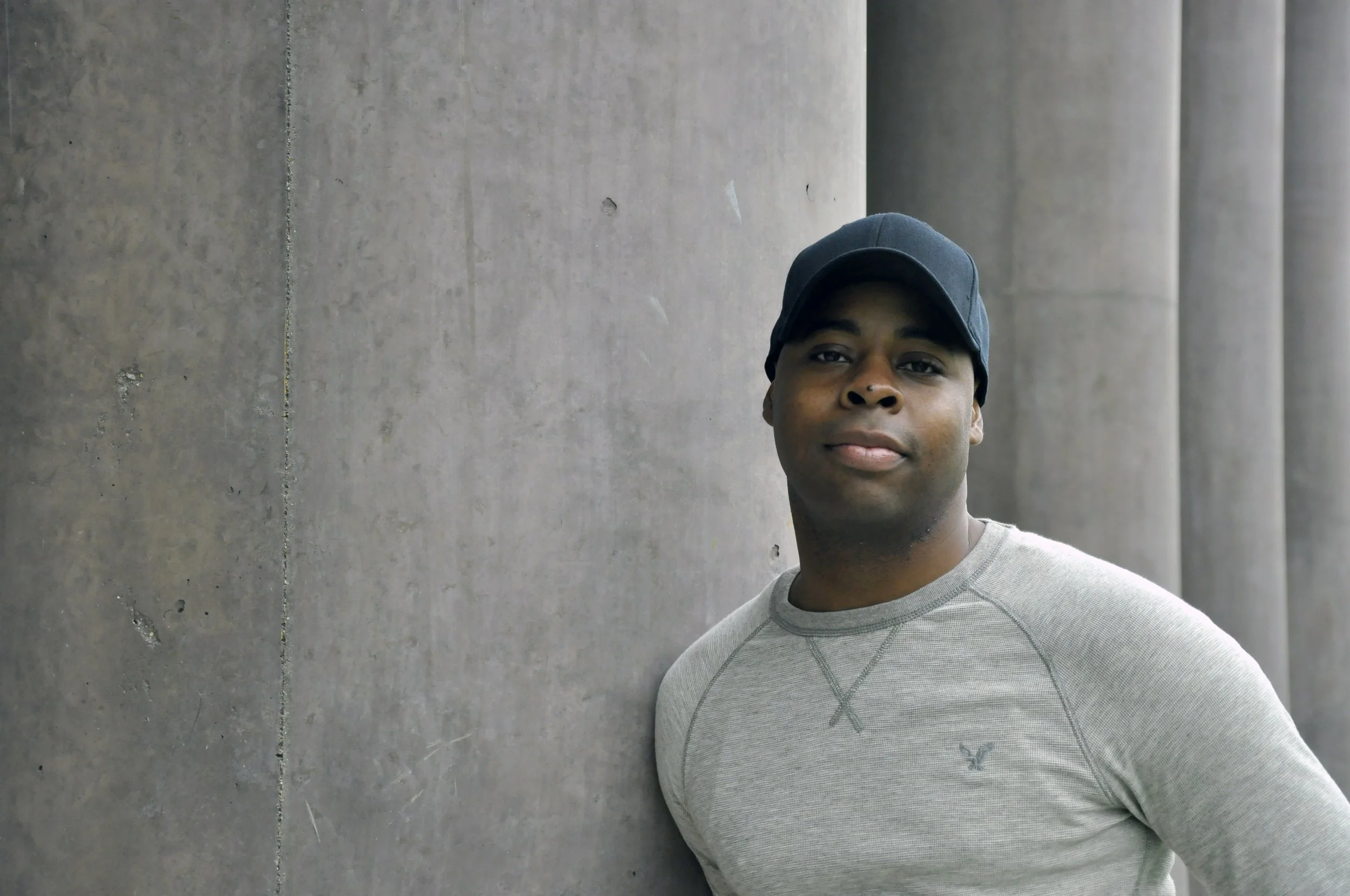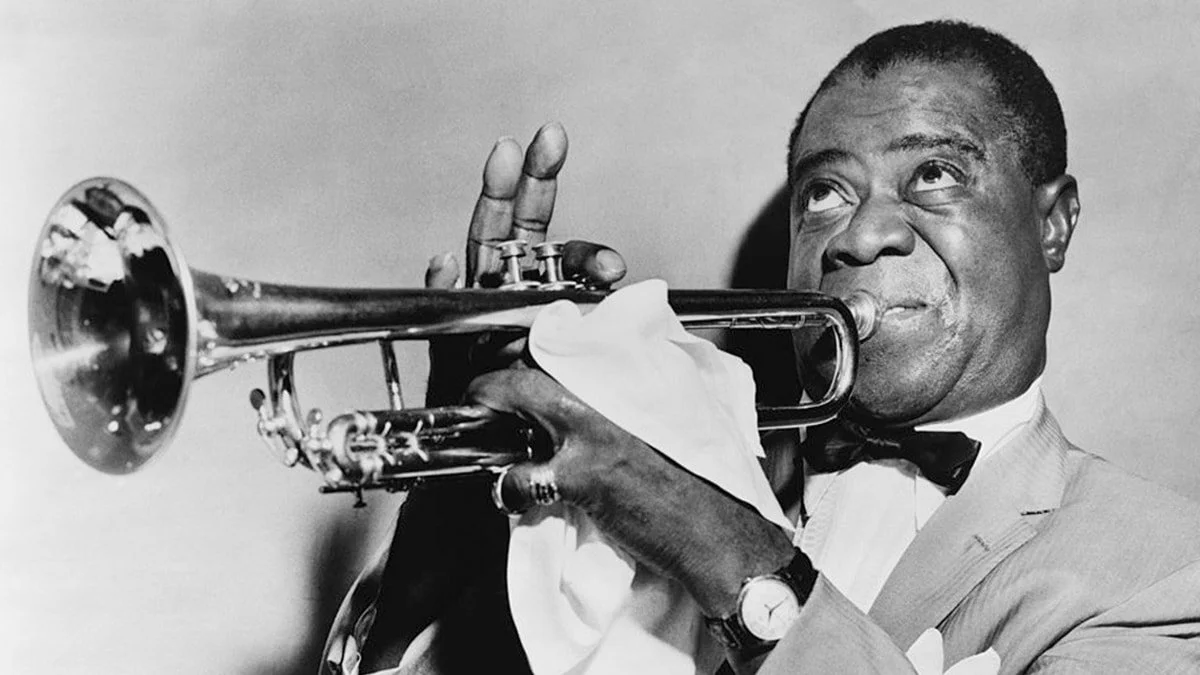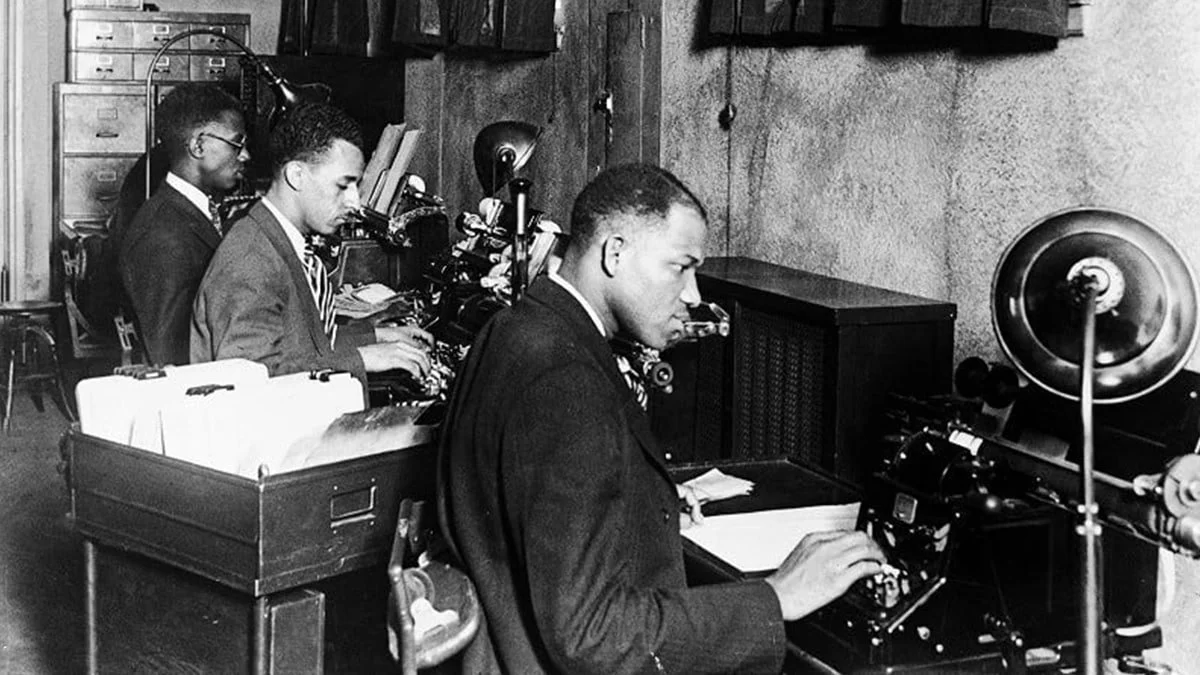Headshot: Jerrell L. Henderson
It has always been my belief that Blues for an Alabama Sky by Pearl Cleage is a love letter to the African American community, particularly the Harlem community, during the early years of the era we now refer to as The Great Depression. But what does this mean, exactly?
Just before the Great Depression of the 1930s, New York was in the throes of the Harlem Renaissance. This is the period in which the artistic and scholarly contributions of African Americans including jazz, poetry, literature, political rhetoric, and theatre etc., served as a central engine which made the Roaring 20s roar. White Americans flocked to Harlem in order to soak up the inspired genius of America’s darker citizens, many congregating in communities like Harlem in order to escape the unapologetically savage oppression experienced in the American South. Once the depression hit, however, Harlem was abandoned by White society and its dollars and tenants were left to fend for themselves. This is where we find ourselves at the beginning of the play.
Image: Brittanica
Yet and still, the play does not revolve around the struggle of being African American so much as how we as African Americans chose to respond to the struggle. The characters in this play, aware of the limitations of their lives, seek to join a need to survive in a harsh world with the necessary balm of community and even love, if they can afford it. Because at the end of the day, as it so often has been in the history of our country, all they really have for any sense of security is each other. There is value in kinship. Beyond the beautiful poetic language and larger than life scenarios found within the play lie five beating hearts and restless spirits willing to turn the world upside down in order to move forward together, somehow.
Image: harlemstandard
Image: allthatsinteresting
Image: fashion-era
I am often asked, “What do I hope audiences take away from the production?” In this case, I hope audiences take away the idea that history is not dead, nor, is it static. I hope the thoughts, aspirations, and goals of these characters take root in the hearts of our audience and awakes or reawakens an awareness that the same grit and determination which helped move Black Americans forward as a community in the past remain within us today. In this way, the echoes of this story go beyond race, culture or neighborhoods. Blues for an Alabama Sky is one version of how the African American story of pursuing one’s dreams in an unforgiving world plays out. By witnessing this story together, as a contemporary community, anyone can tap into that experience through their own lens in order reflect back empathy and understanding as well as a sense of gratitude in and for our collective history. At least that is my hope.
Thank You,
JLH






